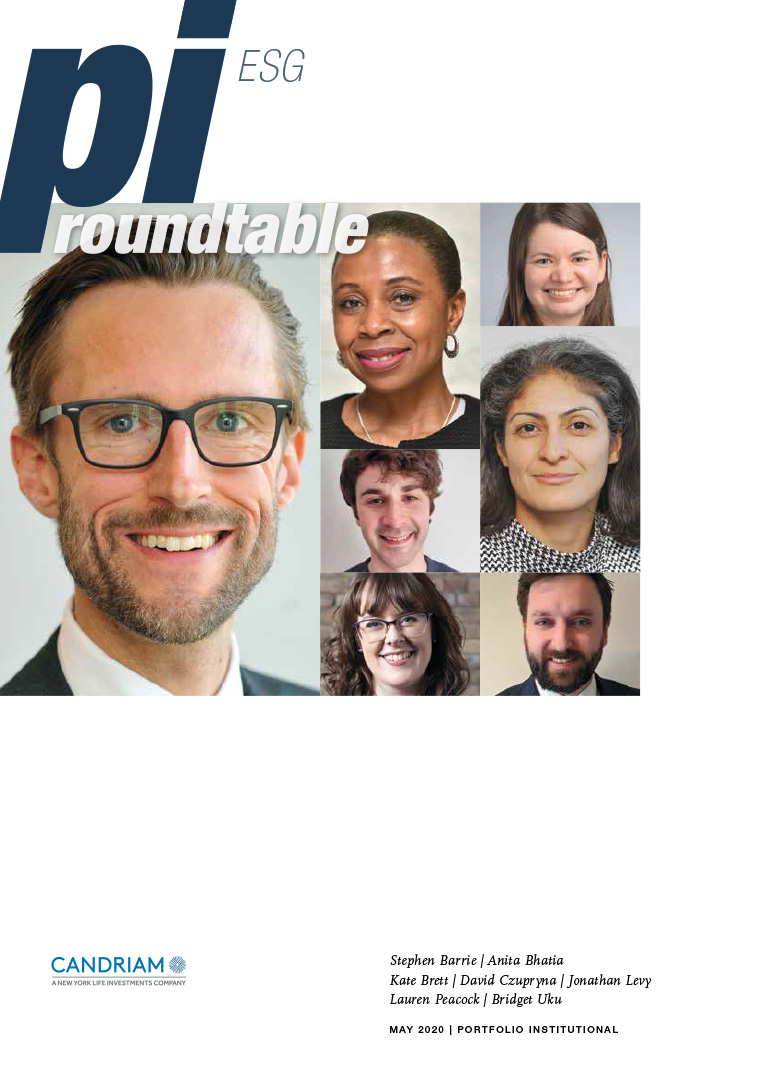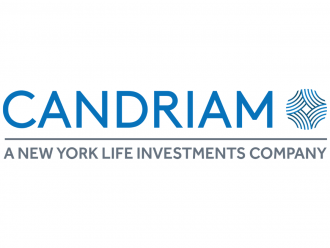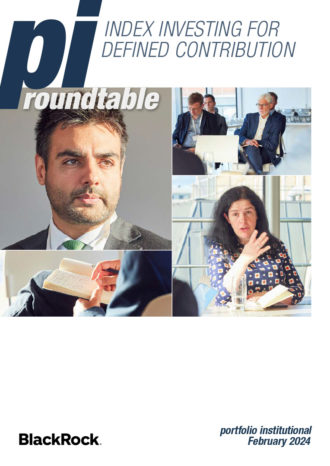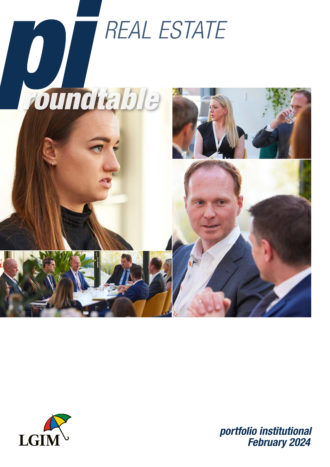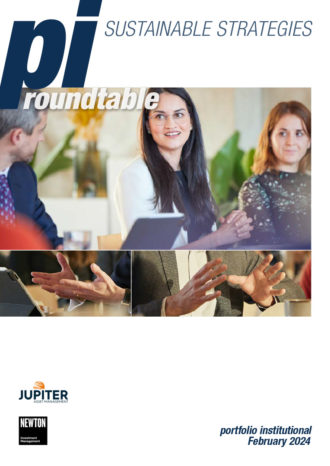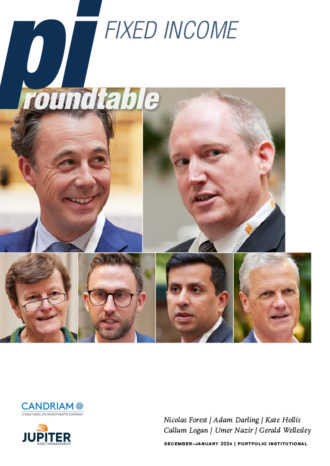Can ESG strategies shield investors from downside risks?
ESG-led strategies did not predict the arrival of the Covid pandemic, but could they shield investors from the economic chaos that has followed? Although ESG is marketed as a long-term strategy, this crisis is being seen as a test of its risk-reducing credentials. The early signs are largely positive, but it will be interesting to see how such portfolios have performed when the uncertainty and economic upheaval caused by the virus are little more than a memory.
Yet within the first two months of the lockdown, an interesting trend has emerged in ESG. Climate change is no longer the default topic of conversation. It has been replaced by concerns over social issues.
It makes sense. After all, the crisis was not the result of man-made damage to the environment, which remains a key topic for institutional investors. With rising unemployment and the burden increasing on local services, such as healthcare, supporting local communities could be one of the biggest needs in a post-Covid world for those looking to build a sustainable society.
So it is an interesting to time to hold our annual ESG discussion. We bought charity and pension scheme investors together with fund managers, a consultant and a campaigner to look at how the approach to ESG is changing.
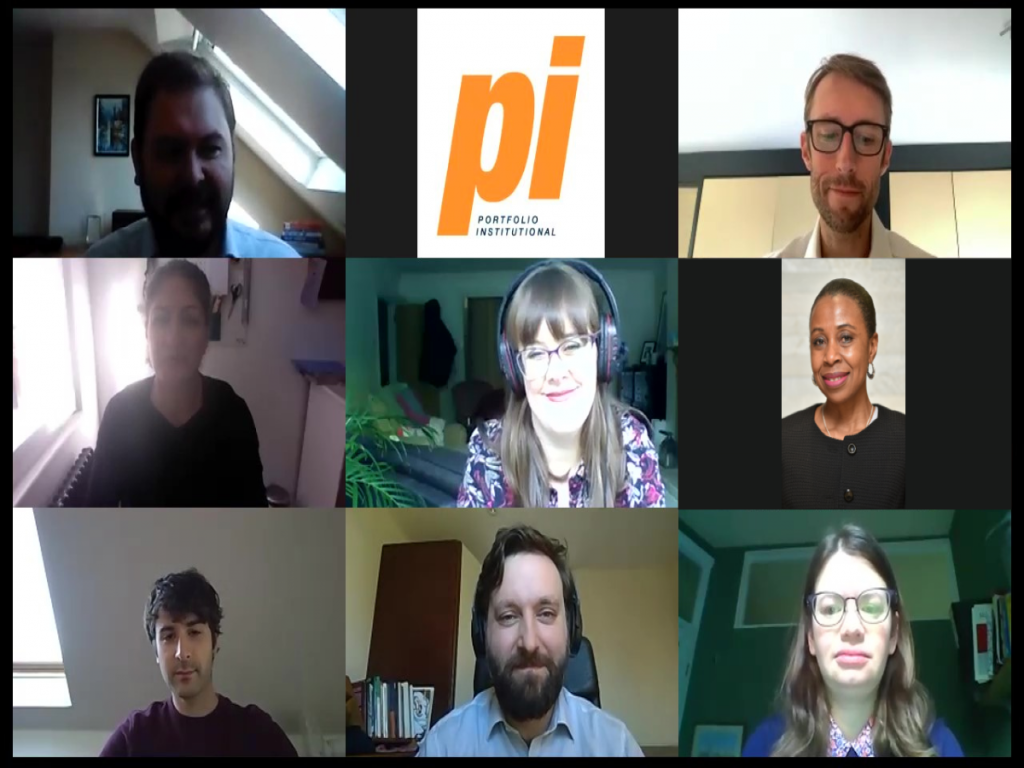
The lockdown may have continued into a second month, but for portfolio institutional it is a case of the show must go on. We brought a panel of experts together online to discuss a popular topic in the institutional investment market: ESG.
Watch the video discussion here.
Roundtable discussion
portfolio institutional: How is Ealing integrating ESG into its investment portfolios?
Bridget Uku: I have been at Ealing long enough to see how ESG has transitioned over the years. We have moved on significantly from having a fairly ESG-agnostic board to one that is particularly aware of the importance of investing sustainably and cognisant of the financial risks that can arise from investments in fossil fuels as we migrate to a low carbon economy.
Our stakeholders are constantly asking us what we are doing with regards to ESG. Initially, they asked us to divest from tobacco. It was more ethical, but one thing we have established is that our values cannot trump the value we need to create for the fund.
Recently, we have moved some of the equity allocation into passive. We took the view that we needed to invest in a tilted strategy, so we opted for a customised low carbon fund. We also want to make more of an impact with our investments, so we will probably consider investing in something like a renewables fund and invest directly in areas that will have a positive impact as well as earn a decent return for the fund.
We are constantly asking our managers to explain how they are embedding ESG into their investment decision making. It does not matter if it is the bond manager, private debt manager or equity manager, we are constantly questioning them as to how they are doing it.
PI: Being a charity, what is more important to the Joseph Rowntree Foundation: making a return or making a difference?
Jonathan Levy: We have an endowment, and a small percentage of that has been carved out specifically for social investments.
Through the endowment we look to make returns to finance the main charitable activities of the Joseph Rowntree Foundation. Our social investment portfolio is about social returns. That is the predominant aim with financial returns being a secondary objective.
PI: You also represent a charity, Anita, so is your priority to make a return or to make an impact?
Anita Bhatia: We manage the endowment to maximise returns to support our charitable work. The greater our returns, the greater the scale of our charitable work.
As an urban health foundation, we exist to improve peoples’ lives. So, we have an investment policy that sets out our commitment to responsible investing. We want to ensure that the managers we invest in, because we make fund investments through our endowment, also invest responsibility.
When we meet and monitor managers, we ask them questions about their impact on the environment and what they are doing in relation to social issues. This applies across asset classes. Two years ago, we introduced our impact investment strategy, which is a 5% allocation from our endowment. The objective is to seek commercial risk-adjusted returns, but we are also looking to make an impact, specifically a health impact, in the UK. We have made significant progress in incorporating responsible investing, ESG and impact considerations into our financial decision making.
PI: What ESG metrics do you report on to the Church of England’s investment committee, Stephen?
Stephen Barrie: In terms of ESG, the picture has evolved over time. Originally it was about restrictions – there’s evidence of the Church using investment restrictions going back to 1948 – but since the 1970s there has been an emphasis on engaging with corporations in the portfolio. More recently we have stepped up our stewardship approach and have emphasised partnerships with other investors, and the development of publicly-accessible investment tools, such as the Transition Pathway Initiative (TPI). For our investment committee, we report on ESG across the portfolio, which includes controversies, ESG scoring and climate metrics, including TPI data.
We monitor our asset managers through a bespoke framework that incorporates climate change metrics. For example, the weighted average carbon emissions for the portfolio, relativethat manager’s benchmark. We use the poor scoring companies in the portfolio to guide our discussions with managers as well as reporting to the investment committee.
From the portfolio level, through to our asset managers and individual securities we report on our screening and voting practices. It is integrated across everything we do as we try to have joined up thinking in relation to ESG investing.
PI: How are Candriam’s ESG strategies performing?
David Czupryna: They are performing very well. The Covid crisis has been a true test of ESG’s risk-mitigating credentials.
For a long time we have been advocating the integration of ESG into investment decision making, not only focusing on the environmental dimension, but the social and governance dimensions are also of paramount importance and can impact a company’s performance over the medium to long term. This is what we are seeing today.
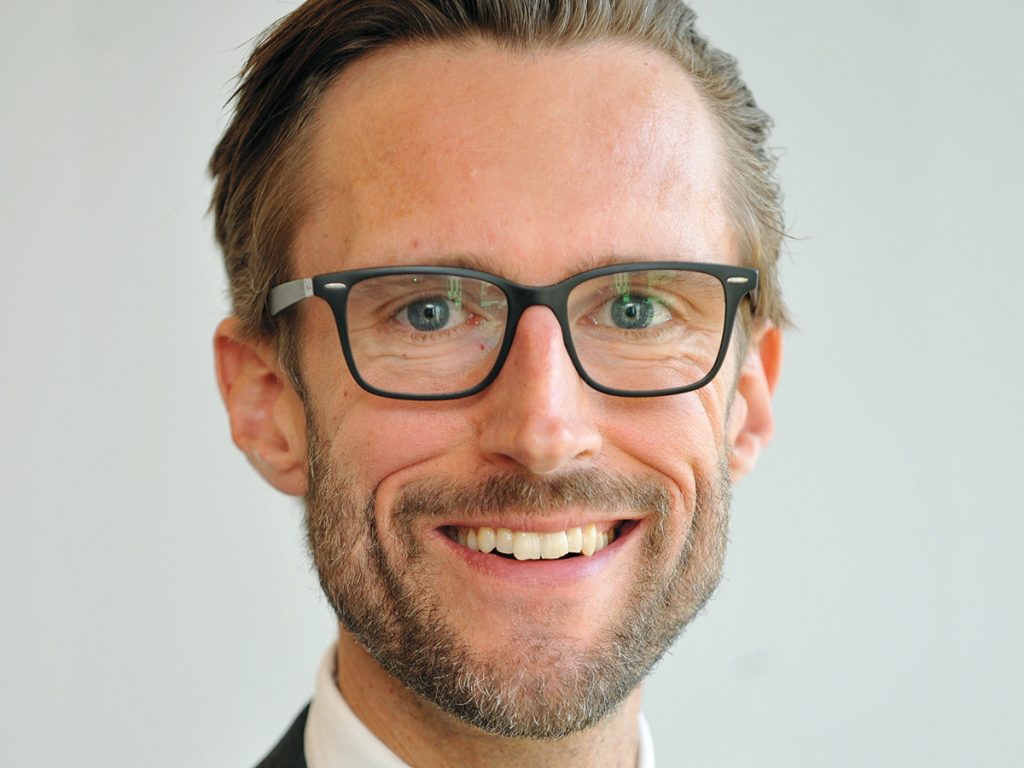
The Covid crisis has been a true test of ESG’s risk mitigating credentials.
David Czupryna, Candriam
Since we have integrated these dimensions in our strategies, in all there are €40bn (£35.8bn) of funds with deep ESG integration, we were well positioned going into this crisis to resist, on a relative basis, a downturn.
Performance relative to our peers is pretty good.
PI: What issues are ShareAction promoting at the moment?
Lauren Peacock: The crisis is causing transparency issues in that a lot of companies are not holding public AGMs. It is a risk if stakeholders and shareholders cannot go to public AGMs and ask the board questions.
Public accountability is crucial, so we have been working on that.
PI: What conversations are asset owners having with their managers on ESG?
Kate Brett: The change in regulation last year means that schemes must publish statements to let members know how they have implemented their ESG policies.
This has led to conversations with managers around implementing ESG more broadly, but also on engagement, stewardship and monitoring in terms of impact measurement.
We have clients that want financial performance and impact metrics, aligned with the Sustainable Development Goals in some cases. So there is a broad range of conversation across the asset owner space.
A couple of key trends are around asset owners looking for much more consistent data and monitoring, specifically on climate metrics. The government has indicated that the Task Force on Climate-related Financial Disclosures’ recommendations will become mandatory for pension funds.
A lot of asset owners are putting things in place now. So, we are having a lot of conversations around what the most suitable metrics they should be looking at from a climate change perspective are.
PI: This meeting, like many others around world, is taking place over the internet thanks to the lockdown. The press reports that this has led to an increase in hacking, so is cybersecurity a concern for investors?
Uku: We are concerned about it from an operational point of view, but on a portfolio basis it is not something we have thought about yet.
PI: So is cyber risk important to asset owners?
Bhatia: It is part of a broad range of risk considerations that we cover as part of our operational due diligence. It is not something that has become important because of the current pandemic. It is something that has been integrated into our operational due diligence from day one.
As investors, we are quite nimble compared to many other institutions in that we are active in the venture capital space, we are supporting the technology sector. What this crisis is beginning to show, if it was not the case before, is that in the UK, and certainly globally, there is a buzzing tech start-up community that is finding ways of adapting quickly.
There is a lot of innovation. It is unfortunate that the venture space is underfunded. We support that and maybe other asset owners who may not have been looking at the venture space might be waking up to its potential and scope to integrate ESG considerations into the DNA of startups. There is a lot of potential to bring about change and asset owners can be part of that.
Barrie: We have been looking at the other end of the spectrum: big tech firms. We have an Ethical Investment Advisory Group that provides ethical investment advice and guidance based on Christian ethics.
We have about 20 advisory policies, all available publicly. The topic that they are looking at next is big tech, looking at the ESG and ethical investment concerns at Amazon, Apple, Google and others. Part of that is data governance, but it’s a slightly different angle on ‘cyber risk’. We have been involved in an investment coalition around the Christchurch shooting being streamed live and have been attempting to engage with Facebook on that.
There is an interesting area of overlapping concern where ethical investment, responsible investment and ESG should be asking the same questions – big tech firms do after all need a social licence to operate. It is something investors are likely to be looking at more intently in the future.
PI: Are your clients concerned about cyber risk, David?
Czupryna: Cybercrime is a major risk that we assess in the companies we invest in.
There are two types of cyber concern. One is the risk that private data will be leaked to the public. The other is disruption to a company’s operations.
For instance, Tarket, a European industrial company, recently saw its stock price fall by 8% after it was the victim of a cybercrime campaign. Attacks like this happen every week.

Private markets is an area where ESG can be well integrated.
Kate Brett, Mercer Investments
Depending on which report you read, the cost of cybercrime globally is estimated at between $100bn to $6trn a year and is growing. So, we take this seriously when looking at companies.
PI: Will the EU’s proposed climate benchmarks for equities and bonds make it easier for investors to reduce climate risk in their portfolios?
Uku: It will provide a framework to measure the alignment of an investment portfolio. That would be a standard against which we can measure the solution that has been provided by the industry. It will have some pitfalls, but that broad framework is good.
Brett: It probably will take some time to refine as to how useful the industry finds it, but it is a good first step in the right direction. We see a lot of indices being developed that are ESG branded, carbon branded or climate branded. We also see a lot of these indices tinkering around the edges of, and making small changes to, a standard index.
We are seeing an increase in asset owners wanting to be Paris aligned or set net-zero targets and there’s a recognition that the small tinkering around the edges does not put you in that position.
Particularly where we are seeing an increase in the use of passive management, is important that investors select the right index. So this will be quite helpful to the market as a whole.
Barrie: It is important that the passive index options investors pursue have a link to active ownership. Being a passive investor should not mean that you are passive on stewardship.
We have been working with FTSE Russell to develop an index that would avoid the black box nature of some of the index tilting and weightings. The FTSE-TPI Climate Transition Index has been based in part around the Transition Pathway Initiative’s analysis of management quality and carbon performance, which feeds into the tilts and rules the index applies. It has a link to credible academic data based on public corporate disclosures. So, if a company is assessed by the Transition Pathway Initiative on its carbon performance but does not disclose sufficient information it will be weighted in our index at zero. It will be an effective exclusion, but it will remain eligible; if that company demonstrates that it is aligned to a two-degree scenario it will be admitted, and potentially over-weighted by up to 200% on the strength of their carbon performance assessment.
The time for tinkering around the edges on passive indices is over. There needs to be a consideration of tracking error, but what is the point of tracking an index that is going for a four or five-degree world. That is catastrophic.
We wanted it to have clear and specific rules so that we could engage with corporations. We have a clear message that if you publish the right kinds of targets and alignment to the transition your position in the index could swing from being 0% to 200% over-weighted.
We have committed to transfer all our passive investments into tracking this index.
PI: Are ESG factors having an impact on asset prices?
Bhatia: We are not making direct investments from the endowment; we make fund investments. Our approach is not driven by what we see in asset prices. We are top down driven in the sense that we started with our values and our mission then working those values into our investment strategy.
There is sufficient academic and scientific evidence that shows ESG factors can have and do have an impact on asset prices in the long term.
Our expectation is that if we are investing in a responsible way. Taking ESG factors into consideration, we will be able to achieve higher risk-adjusted returns in the long term compared to a portfolio which does not have those considerations.
Peacock: We are seeing quite a few companies set 2050 net-zero targets, which is welcome, but a lot of these targets do not include much detail into the next 10 years, despite scientists saying that in climate change the next 10 years are crucial. Stewardship is an important part of it and it needs to be more robust and more forceful. There is still a little bit of tinkering and a gentle conversation.
PI: Does ESG-led investing enhance returns over the long term or is just about protecting the downside?
Czupryna: There is a link between ESG quality and investment performance.
We ran a study a year ago on emerging market equities, which is adifficult asset class in that when it comes to ESG quality you do not find the same reporting standards or environmental regulation that you might find in Europe. We discovered that over 10 years, the ESG approved investment universe based on constant and objective ESG criteria outperformed the index by 2.4% per year. We found that there was no specific bias except towards large cap, which normalises over time because less information came from smaller emerging market companies 10 years ago. Over time that has improved, so we are able to integrate that more with the data from large caps.
You can generate financial alpha by integrating ESG into the heart of your investment decisions.
PI: Jonathan, would you pay a premium to get an asset that you consider to be ESG compliant?
Levy: We do not think along those lines when making investment decisions. I manage our social investment portfolio and our number one priority here is to ensure that the investment proposal aligns with the charitable objectives of the Joseph Rowntree Foundation, which ultimately is reducing poverty and disadvantage in the UK. In terms of returns, we want to recycle our capital, which is why we make social investments as opposed to awarding grants. We want to reinvest capital and continue making more and more social impacts further down the line. Making a return of up to 2% to cover costs is something that we aim for. The social objective is a priority for us.

The social objective is a priority for us.
Jonathan Levy, Joseph Rowntree Foundation
PI: ESG integration is typically associated with equities but is moving into bonds, too. Are investors factoring it into private market investments?
Brett: Private markets is an area where ESG can be well integrated. Assets such as property and infrastructure lend themselves well to integration on the environmental side and on the social side in terms of healthcare.
Infrastructure and real estate are where we see a higher proportion of highly-rated ESG strategies, which are, from our perspective, the ones that are achieving what we would call an ESG one or two rating. Around 15% of our strategies achieve one of those ratings, but in most universes it’s harder.
This is somewhat a feedback loop as well in the sense that if you run a property strategy that is not paying attention to environmental regulation then you are unlikely to be rated by us because it is fundamental to the success of that strategy.
In the private markets, we are seeing a lot of interest in impact investment strategies, in terms of job creation or healthcare provision. It is easier to have those conversations with, and have influence over, private companies in developing an impact strategy and making sure that attention does not drift.
One the other hand, there are a lot of private equity or private debt scenarios where it is difficult to integrate ESG. We have had managers take some steps there. It is the same as in all asset classes, there are managers who are doing it well and those who are not doing it so well.
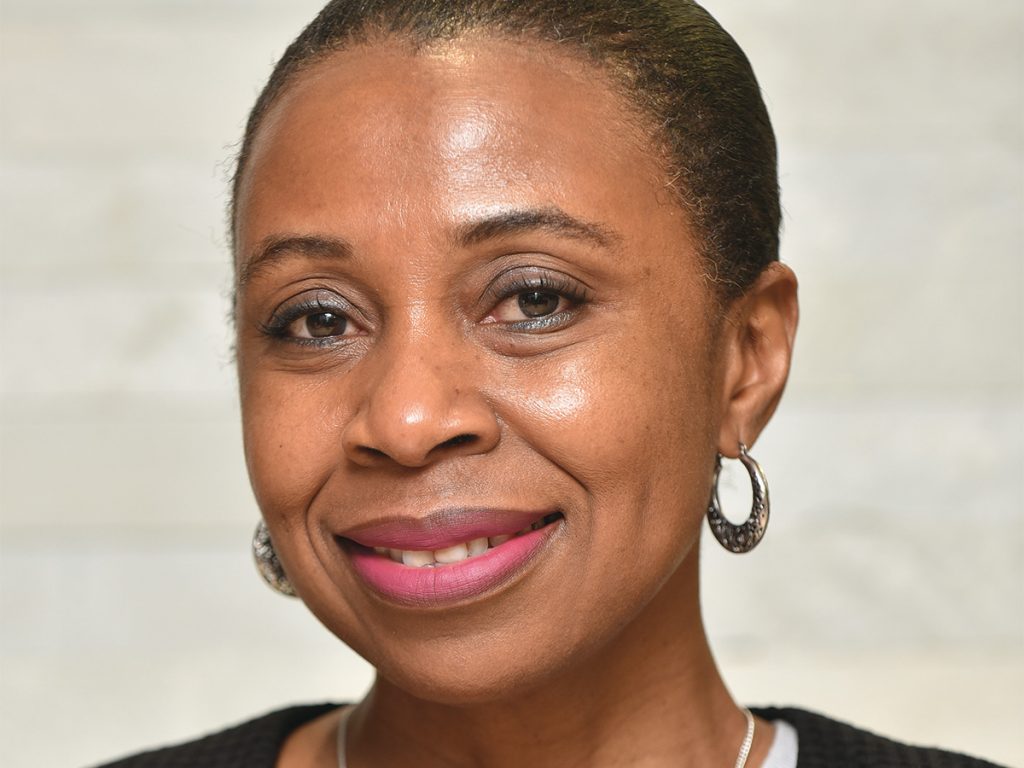
The difficulty is how do we measure one manager’s performance against another because they all have different approaches.
Bridget Uku, London Borough of Ealing
Uku: The difficulty is how do we measure one manager’s performance against another because they all have different approaches.
In our case, it is more the private debt managers who we are engaging with on how they are integrating ESG. They all have different ways of doing it and use different metrics to measure it, so it is difficult to compare what they are doing.
I am thinking about the world after we emerge from the Covid pandemic and if it is going to impact the progress made so far on ESG because companies will be given concessions around disclosure as they will have other pressures they are managing.
We might see more focus on the S because companies will be concerned about the safety and welfare of their employees, such as managing this two-meter rule. There will be lot of expenses for companies post-Covid and how will that impact ESG going forward.
Barrie: Last year we began a 10-year private equity mandate with Cambridge Associates. We asked ESG-related questions across the appointment process.
What struck us was that the GPs in private equity have an extraordinary ability to influence the underlying companies they invest in. They typically sit on the board and have operational involvement, so have a great position to do ESG.
What is more difficult is that you are relying on the GP to do that for all their constituent companies and the reporting lines are not as clear or consistent. The ESG plumbing is not there in the way that it is in public equities.
We are working with Cambridge and have put in place ESG monitoring and analysis. In private equity there is a huge opportunity to do this, but it is less developed and standardised than in public equity.
PI: What information are you using to assess managers, Anita?
Bhatia: There needs to be a flexible approach to reviewing the information. Information from equity managers is quite different from information that we get from our private equity, venture capital or private debt managers.
There needs to be some open mindedness and flexibility, so in our due diligence review or monitoring, we look at different factors. Managers who are signatories of the United Nations’ Principles for Responsible Investment are making great progress in encouraging the membership to integrate ESG principles.
What is important is transparency. We are invested in some global equity managers who are impressing us in terms of the information they share about their underlying companies, but we are seeing a lot of well-meaning initiative and effort by private market managers as well.
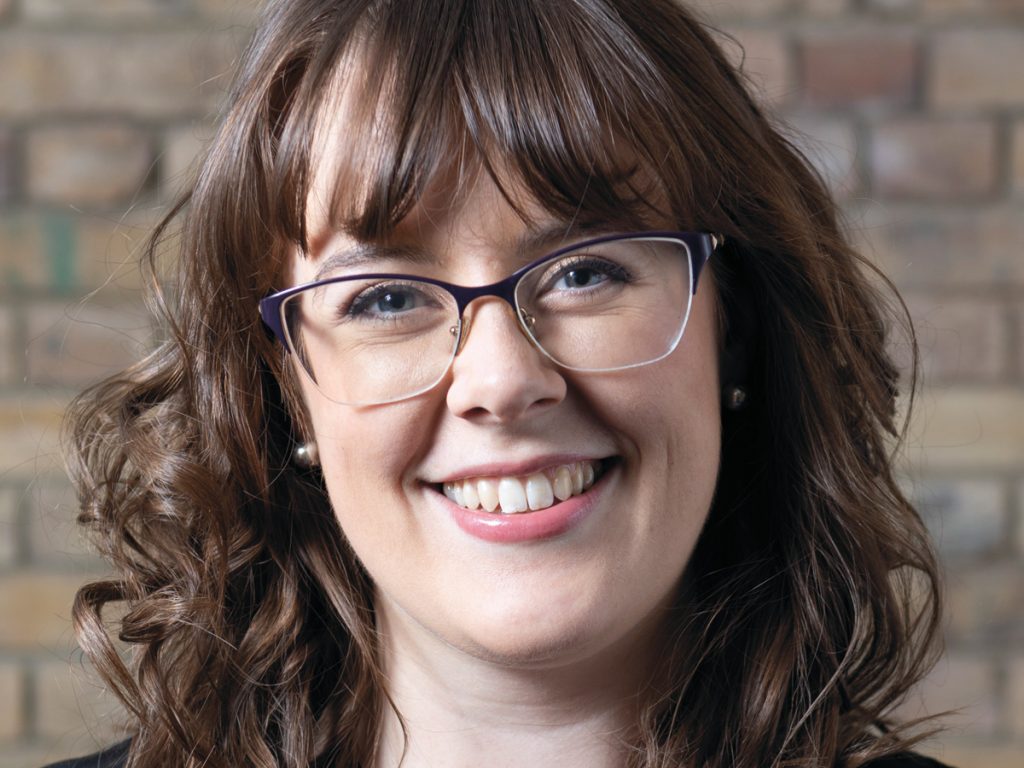
It is a risk if stakeholders and shareholders cannot go to public AGMs and ask the board questions.
Lauren Peacock, ShareAction
We are quite proactive. There is a lot more flexibility on the private market side. So, for example, when we invest in a private equity, venture capital or private debt funds, we encourage GPs to create investor advisory boards. We take a seat on those, which gives us a voice to speak about impact and to challenge those GPs as they start to think about how they want to report on ESG or the impact their portfolio companies are making. It is effective, it works. We have seen this with a private equity manager we invested in two years ago. Earlier this year they launched their first impact report with detailed, granular information about the E, the S and the G aspects of their eight to 10 portfolio companies. That for me is success and achievement.
PI: Kate, data is improving, but is it good enough yet?
Brett: It has taken huge steps forward, but there is still a long way to go. Exponentially, the data is coming faster and is much better, but it is not being consistently reported or presented in a comparable manner.
We are seeing a lot of progress through regulation, but also through asset owners pushing managers and telling them what kind of data they want to see.
We have, in one of our sustainable opportunity funds, worked with private market managers and asked what key metrics they look for when choosing to invest in a company or not and if they can report on those metrics. It has taken several years of going back and forth to understand what the client wants to see and what is useful to both sides. When you start having those conversations with managers they are generally happy to oblige.
We will continue to see a strong increase in the level of data coming through. What I would caution though is that you do not want data for the sake of having data. We have seen huge reams of data sent to clients and they do not know where to start or what to pick out of it.
There is an opportunity for managers and asset owners to think about what the underlying pension members want to see. The fact that it is ESG data is not necessarily helpful to the underlying members.
PI: Are companies releasing enough quality data about their operations?
Barrie: In the private markets it is worth noting that data is used in slightly different ways than it is in public markets. Firstly, there is blind pool risk, which is when committing to a fund you do not know what companies you will be holding. That is coupled with limited secondary opportunities. If you want to sell a company that your GP has bought the options are limited and it’s relatively costly.
So, there are limits to what you can do with the data once you have committed to a fund, so we rely heavily on our relationship with the asset managers. Joining investor advisory boards is a helpful way of maintaining that relationship and providing meaningful input. We are not just investing money with a private equity mandate; we are investing a lot of trust in the asset manager.

Being a passive investor should not mean that you are passive on stewardship.
Stephen Barrie, The Church of England Pensions Board
The data is good and monitoring is important, but ESG methodology in private markets, for us, is more focused on the ethos and capabilities of the manager than the ESG data they can generate.
PI: Lauren, have you been promoting higher standards in data disclosure?
Peacock: A couple of years ago we launched the Workforce Disclosure Initiative, which specifically focuses on the S in ESG and is about information on operations and supply chains.
Our 2019 report came out in early May and 118 companies globally submitted quite detailed information. You do not want too much data; it needs to be relevant. It is about it being material and changing over time, to be forward looking. There is a question about internal recruitment rates. It is great to have a policy on diversity, but it is important to know how to measure and improve it.
Czupryna: We are a big fan of the Workforce Disclosure Initiative. Two years ago it had about 30 companies reporting, so it has the potential to become the CDP of the S in ESG.
It could be massive in terms of impact and coming out of the Covid crisis will give an additional impetus for companies to take this seriously.
The quality of data is improving on the environmental side, but the devil is in the detail. You need to be careful about what companies are committing to when trying to align their operations with the Paris Agreement. For example, is a car company planning to be carbon neutral on its products as well as its processes. Their products can sometimes represent over 80% of their overall emissions.
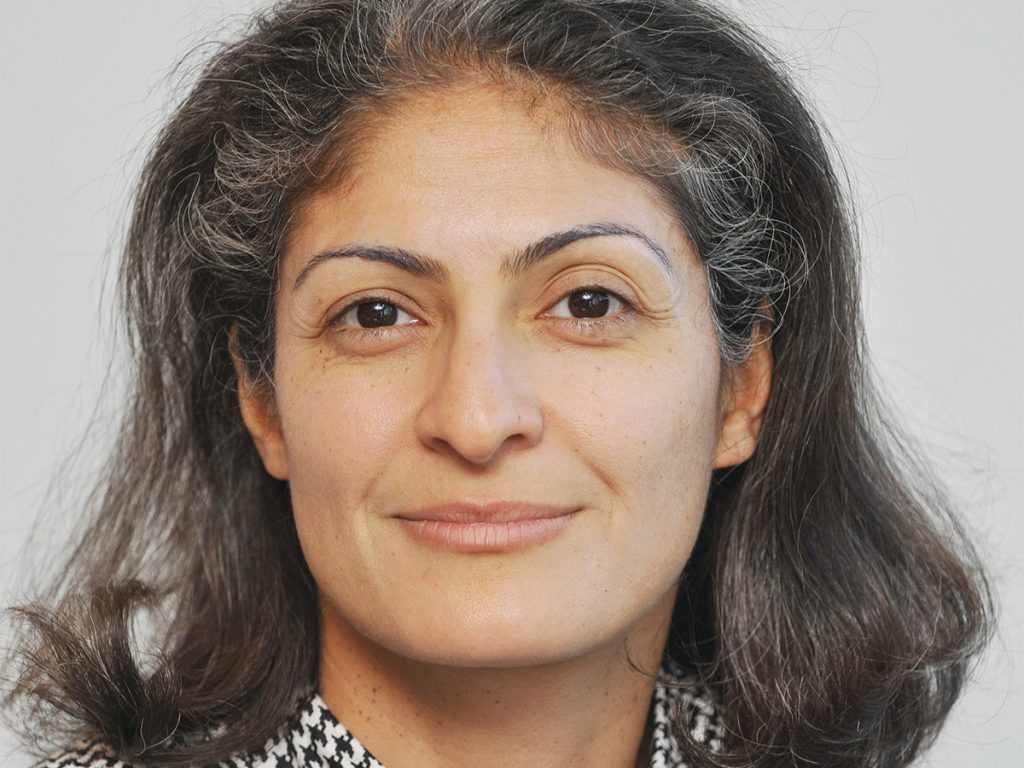
The greater our returns, the greater the scale of our charitable work.
Anita Bhatia, Guy’s and St Thomas’ Charity
That is our role as investors. Through research and engagement together with other investors, Climate Action 100+ and ShareAction, for example, we make sure that companies commit to something that is going in the right direction.
PI: Will the huge fall in oil price impact renewable energy’s investment case?
Czupryna: Oil is not a major source of energy to generate power. We use renewable energy to generate power through wind turbines, solar panels and hydro installation. Oil is used for transportation, to heat buildings and in industry.
So negative or low oil prices over the short term does not create an incentive to invest less in renewable energy. However, when the oil price declines natural gas prices also tend to go down over time and natural gas is a competitor of renewables. So this might create a weaker incentive for power generation on a cost basis to invest in renewables. However, in Europe, regulators, the European Commission and the UK government have set a clear path towards investing in renewables.
This is top down regulatory pressure that can act as a counterbalance to low fossil fuel energy prices.

